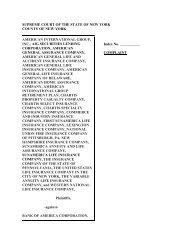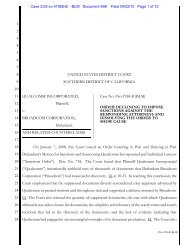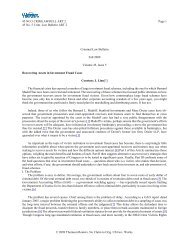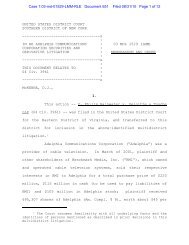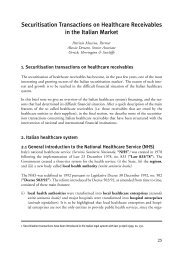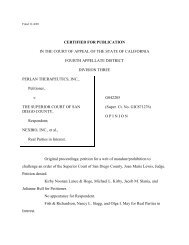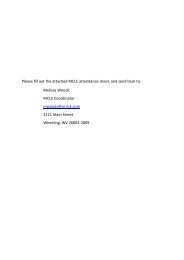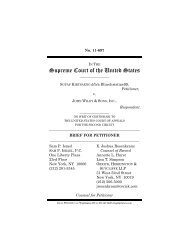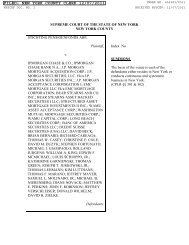Public Charter Schools Borrowing With Tax-Exempt Bonds, Second ...
Public Charter Schools Borrowing With Tax-Exempt Bonds, Second ...
Public Charter Schools Borrowing With Tax-Exempt Bonds, Second ...
You also want an ePaper? Increase the reach of your titles
YUMPU automatically turns print PDFs into web optimized ePapers that Google loves.
Properly drafted, it can be simple and nonbinding. There is no cost or liability<br />
to not issuing the bonds or not using the proceeds for reimbursement. Bond<br />
counsel will normally provide such a resolution upon request without charge.<br />
(See Chapter 11, “Steps to Issuing the <strong>Bonds</strong> and the Finance Team,” below.)<br />
Bond proceeds used to reimburse the public charter school as described in (1)<br />
or (2) above are considered “spent” and may generally be used for any purpose or<br />
invested at an arbitrage profit by the nonprofit corporation without regard to the<br />
restrictions otherwise attached to tax-exempt bond proceeds. (See section (F) below<br />
regarding investment of bond proceeds.)<br />
D. Operating Funds (or “Working Capital”)<br />
While use of tax-exempt bonds to finance operating expenses (or “working capital”)<br />
is not specifically prohibited, the tax rules governing the tax-exemption of interest<br />
on the bonds make such financings impractical. This holds true, except in some<br />
cases for an amount not exceeding 5% of the bond proceeds (net of reserves) if used<br />
as working capital in connection with the project being financed with the balance of<br />
the bond issue. 15<br />
E. Costs of Issuance, Capitalized Interest, Reserves<br />
Costs of Issuance. Costs incurred in connection with issuing the bonds, such<br />
as underwriter’s discount or fees, fees of bond counsel and other lawyers and<br />
consultants, rating agency fees, trustee’s fees and the like, may be included in the<br />
bond issue, subject to a cap of 2% of the tax-exempt bond issue, which cap does<br />
not include the cost of any bond insurance or credit enhancement. While this<br />
2% cap may be sufficient to cover costs of issuance, as a bond issue size decreases,<br />
issuance costs tend to remain constant. Therefore, for a relatively small issue size<br />
($5 million or less) additional sources of financing may be required (in excess of<br />
the 2% cap). In this case, a taxable series of bonds can be added to the financing<br />
sized to cover exactly the amount beyond the 2% cap and structured to mature first<br />
(since the debt will bear a higher taxable rate of interest).<br />
Capitalized Interest. Interest payable on the bonds during the longer of three years<br />
or the period in which the project is to be constructed and for up to one year after<br />
<strong>Public</strong> <strong>Charter</strong> <strong>Schools</strong> <strong>Borrowing</strong> <strong>With</strong> <strong>Tax</strong>-<strong>Exempt</strong> <strong>Bonds</strong>, <strong>Second</strong> Edition 17



